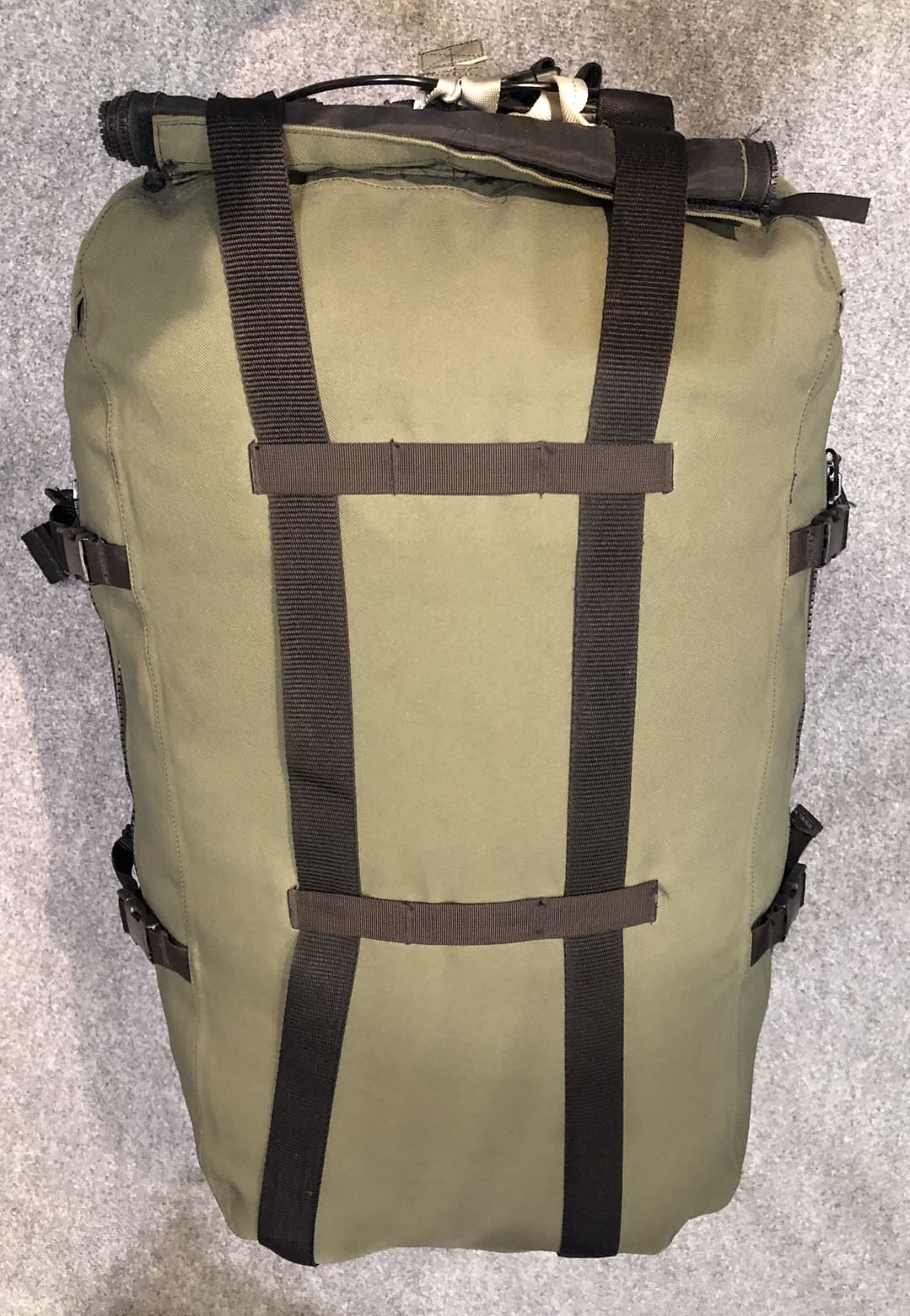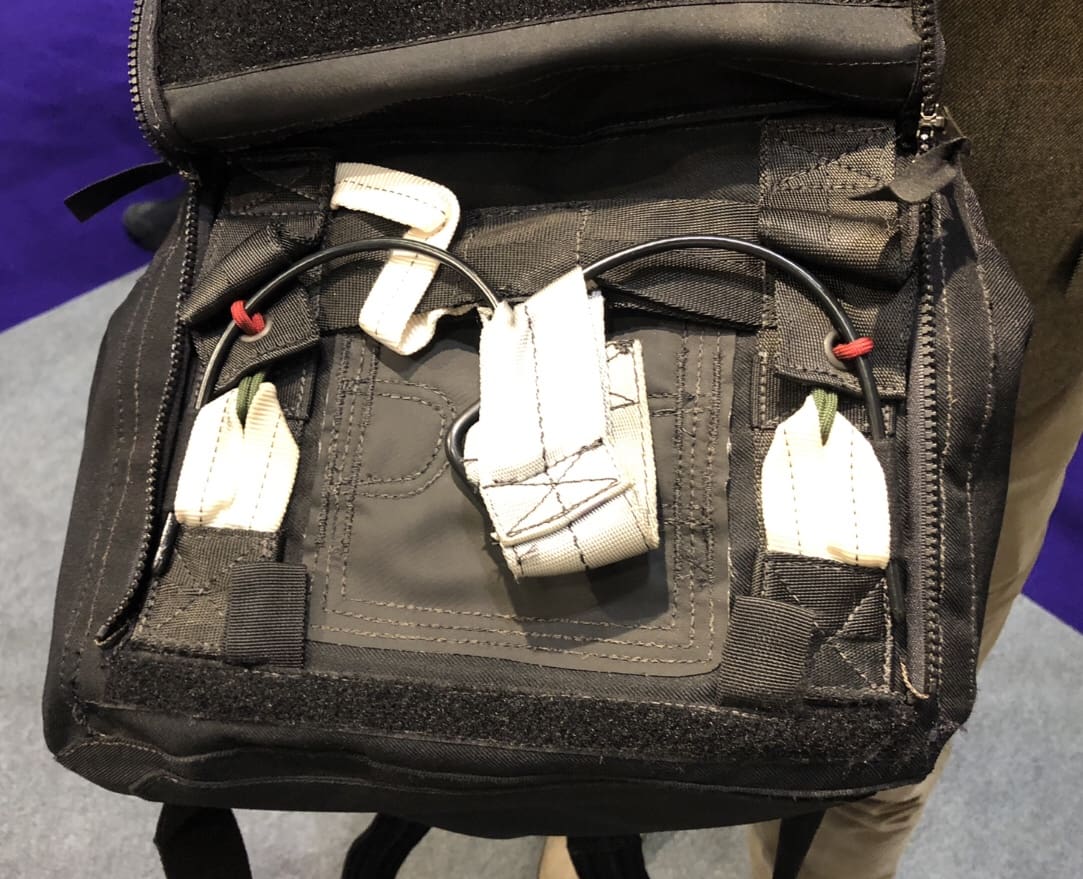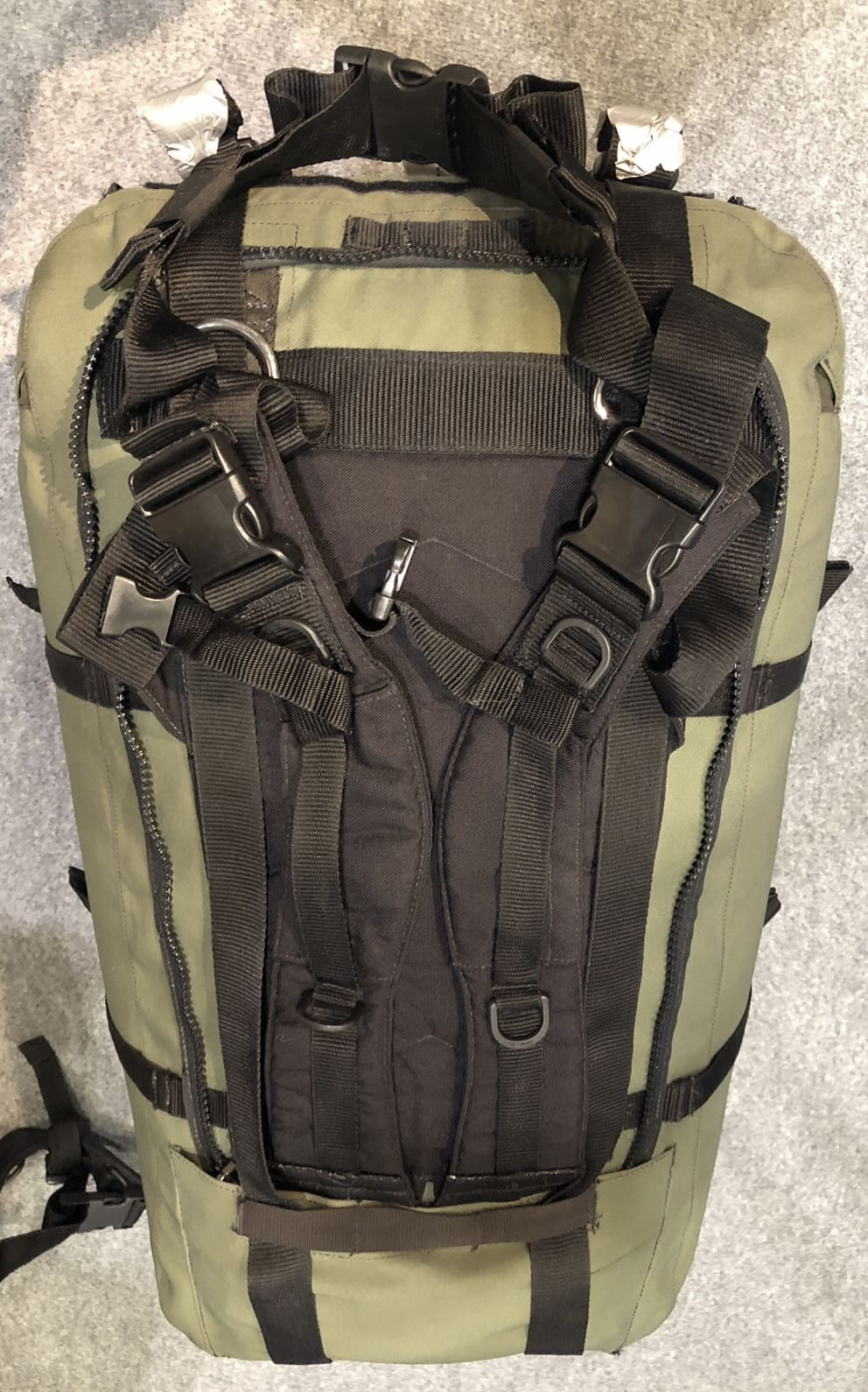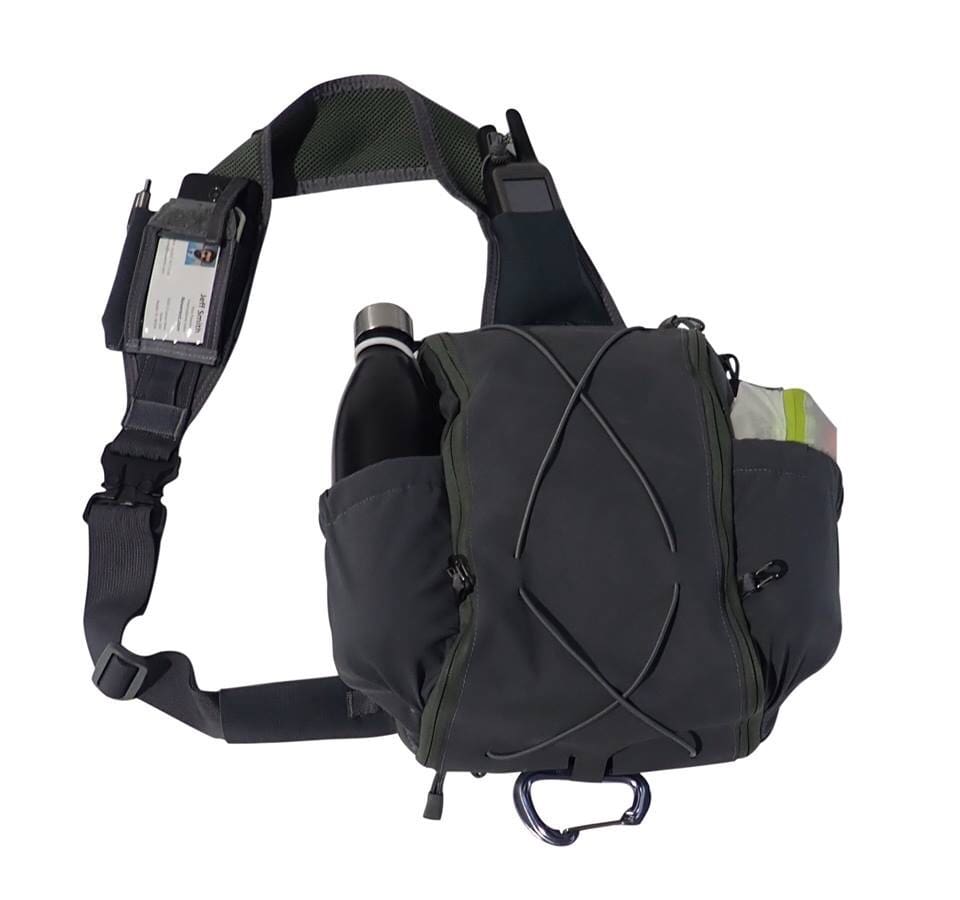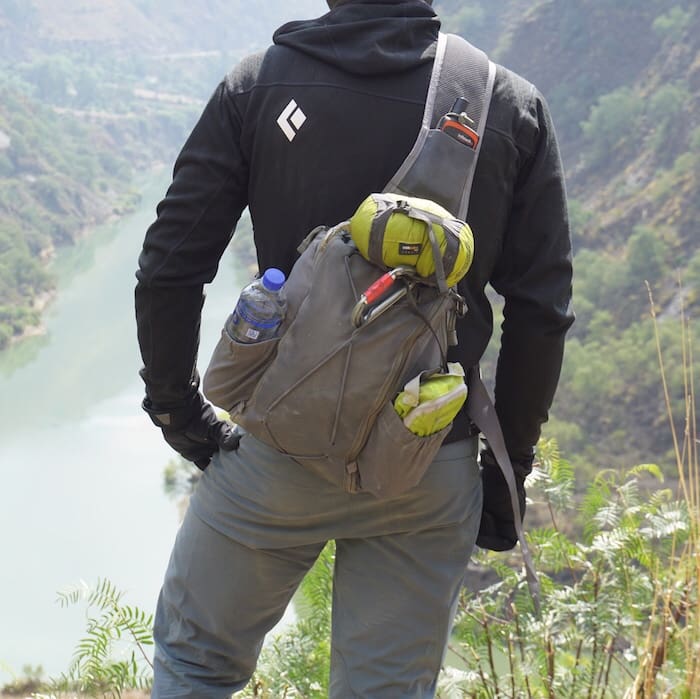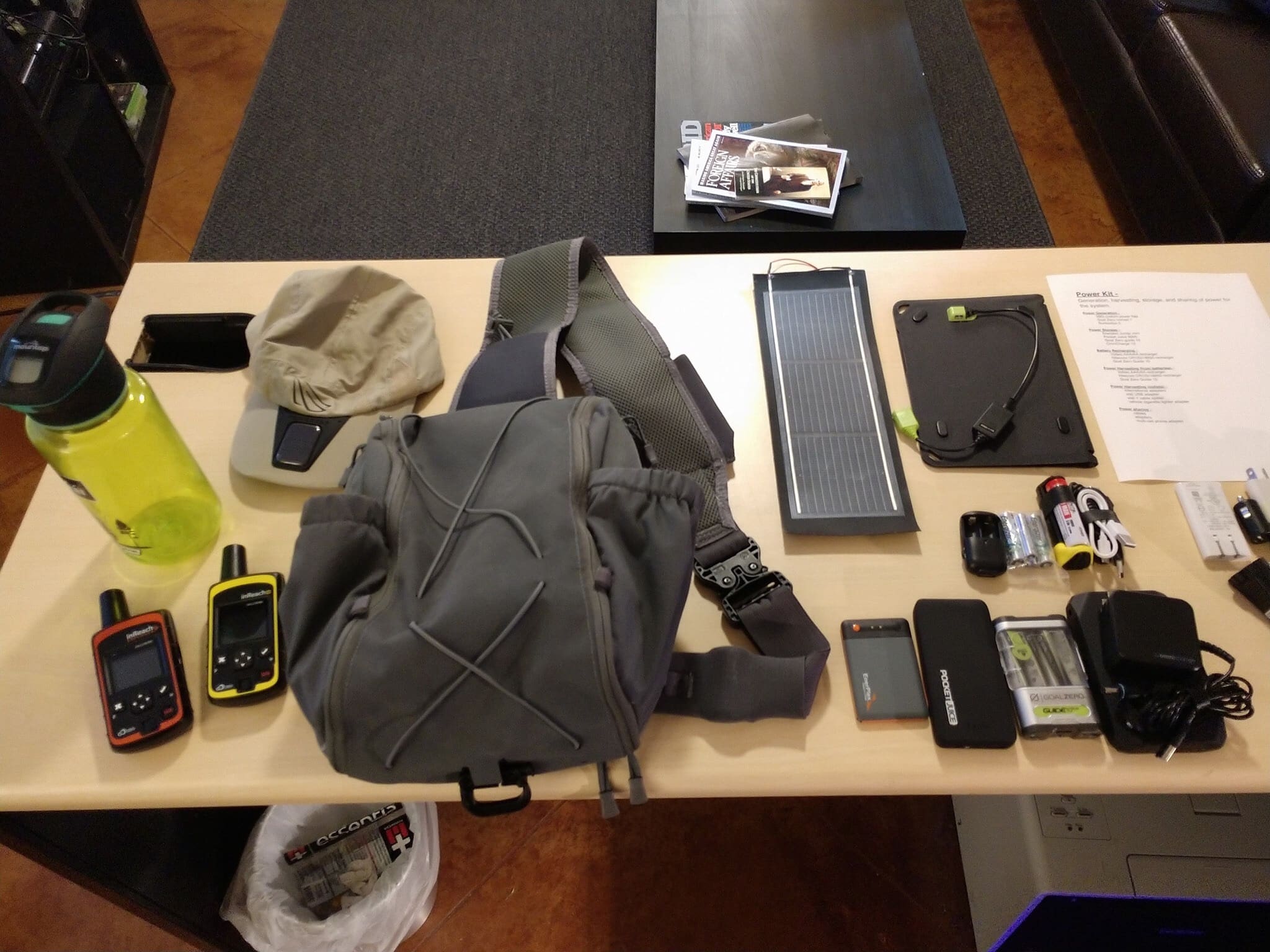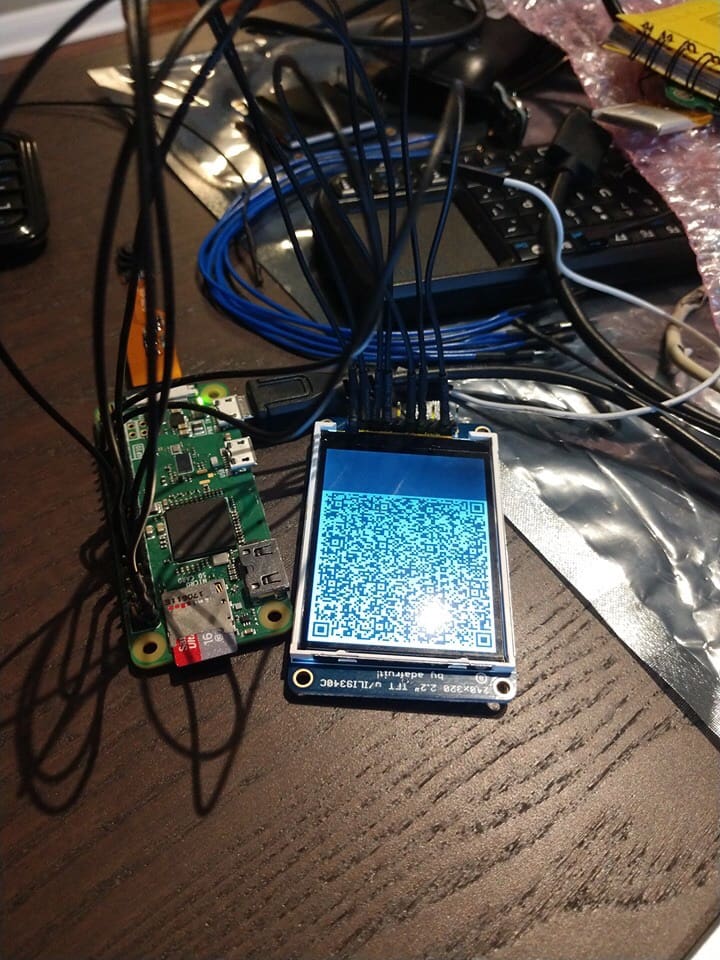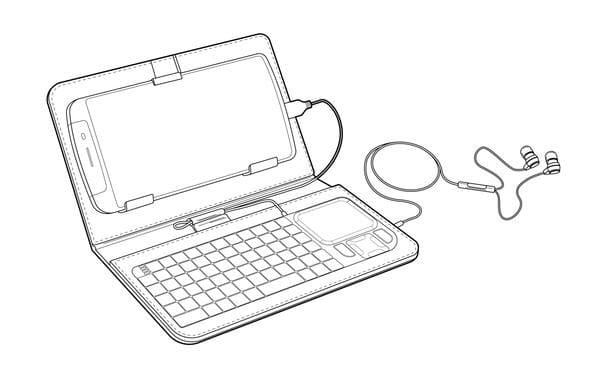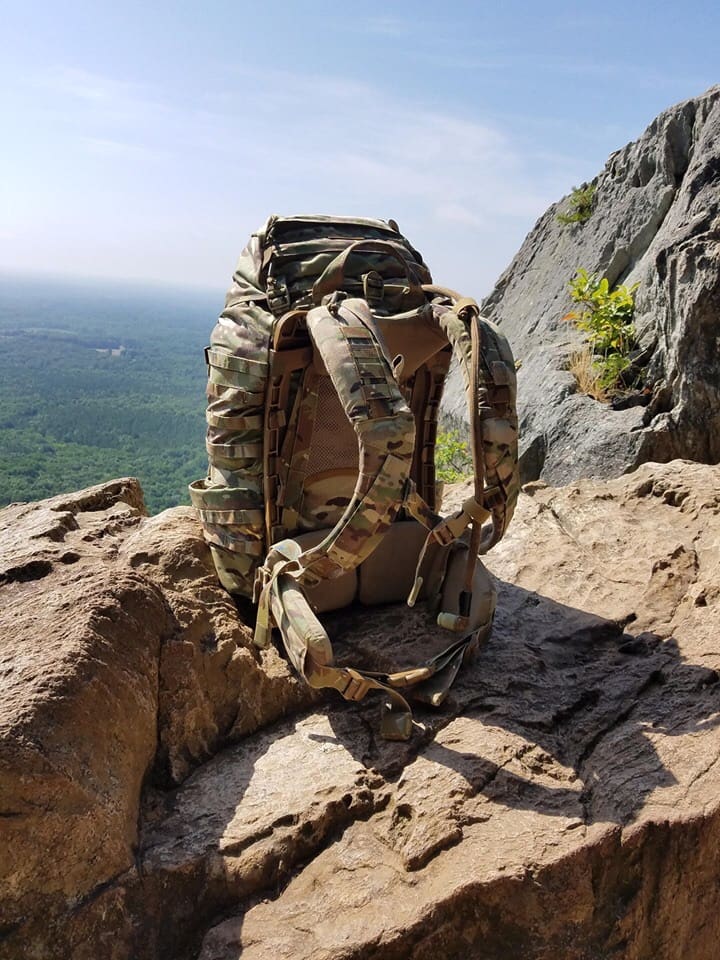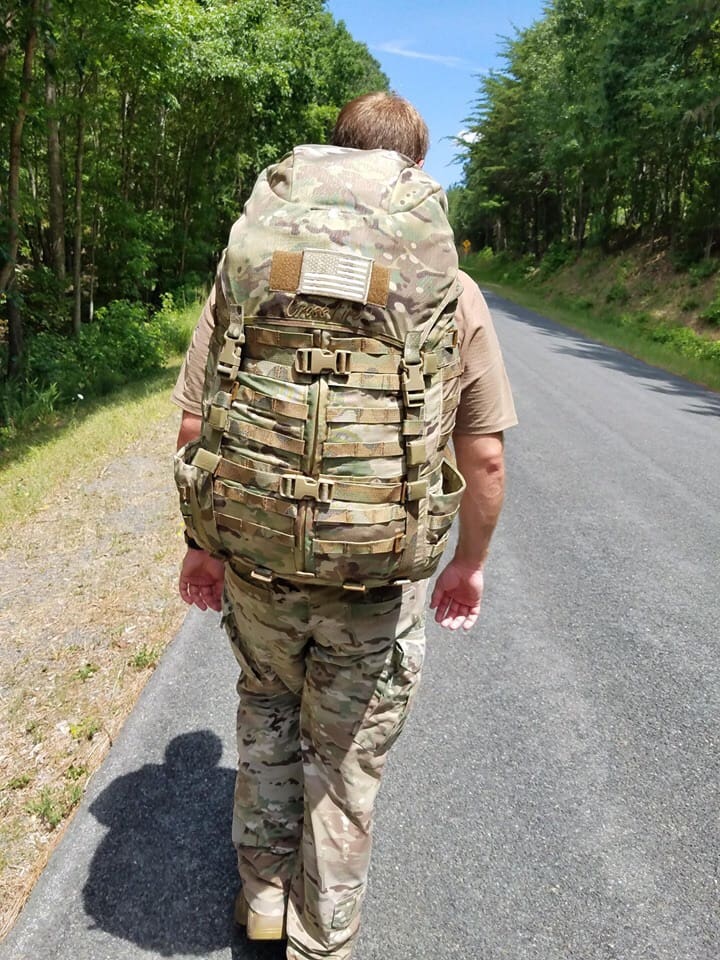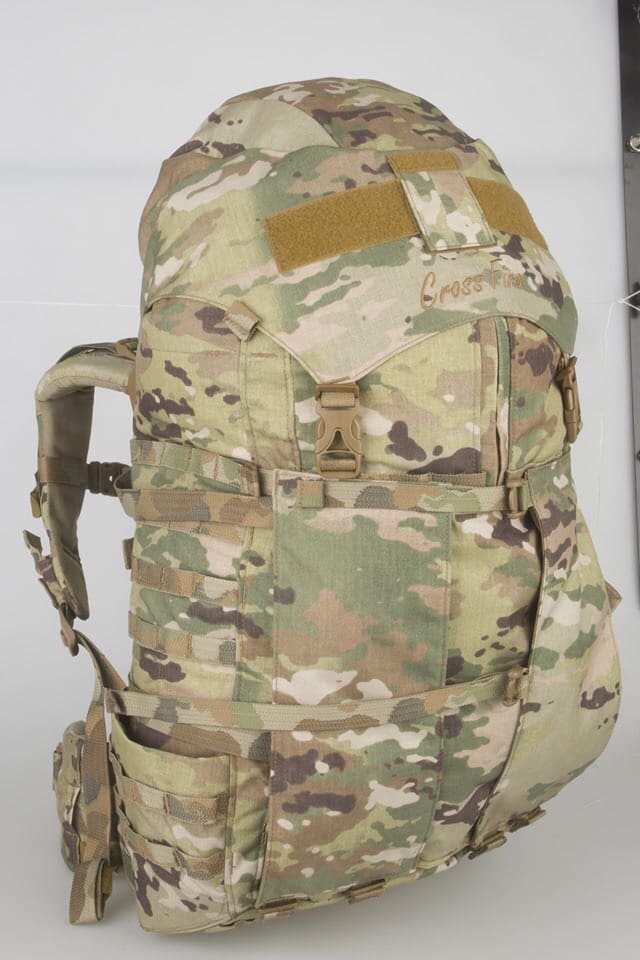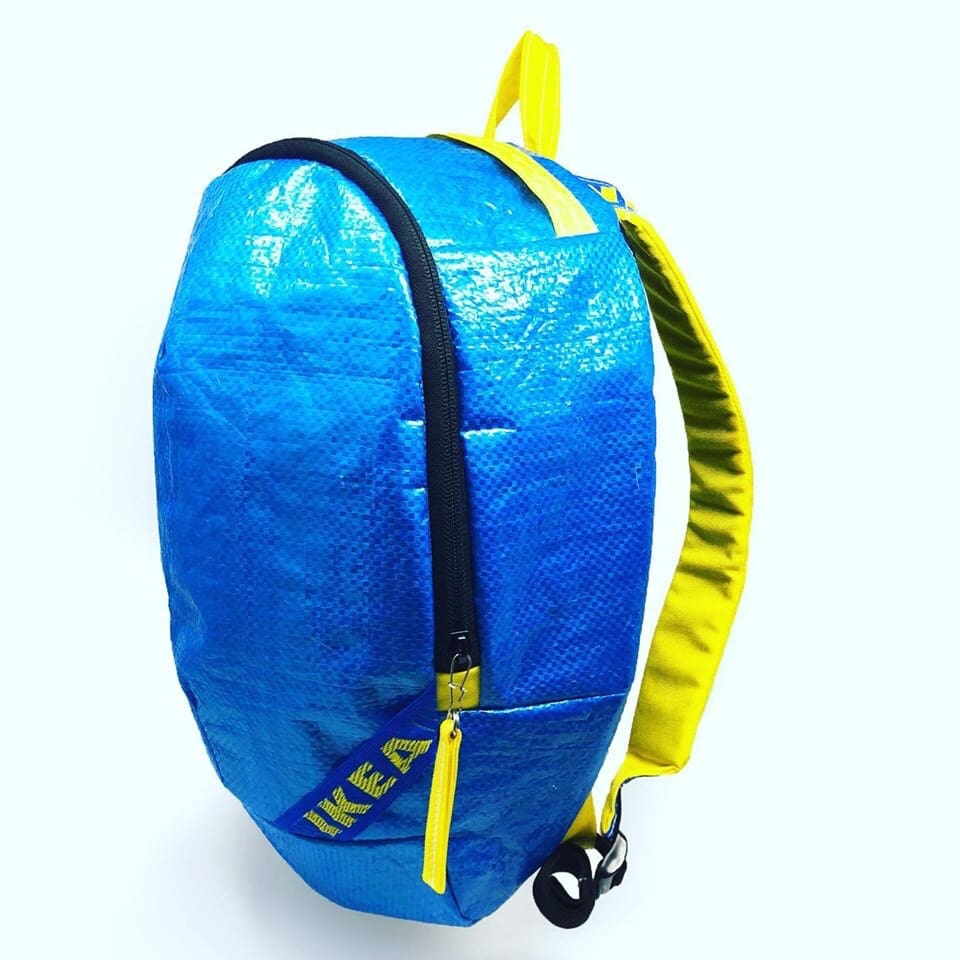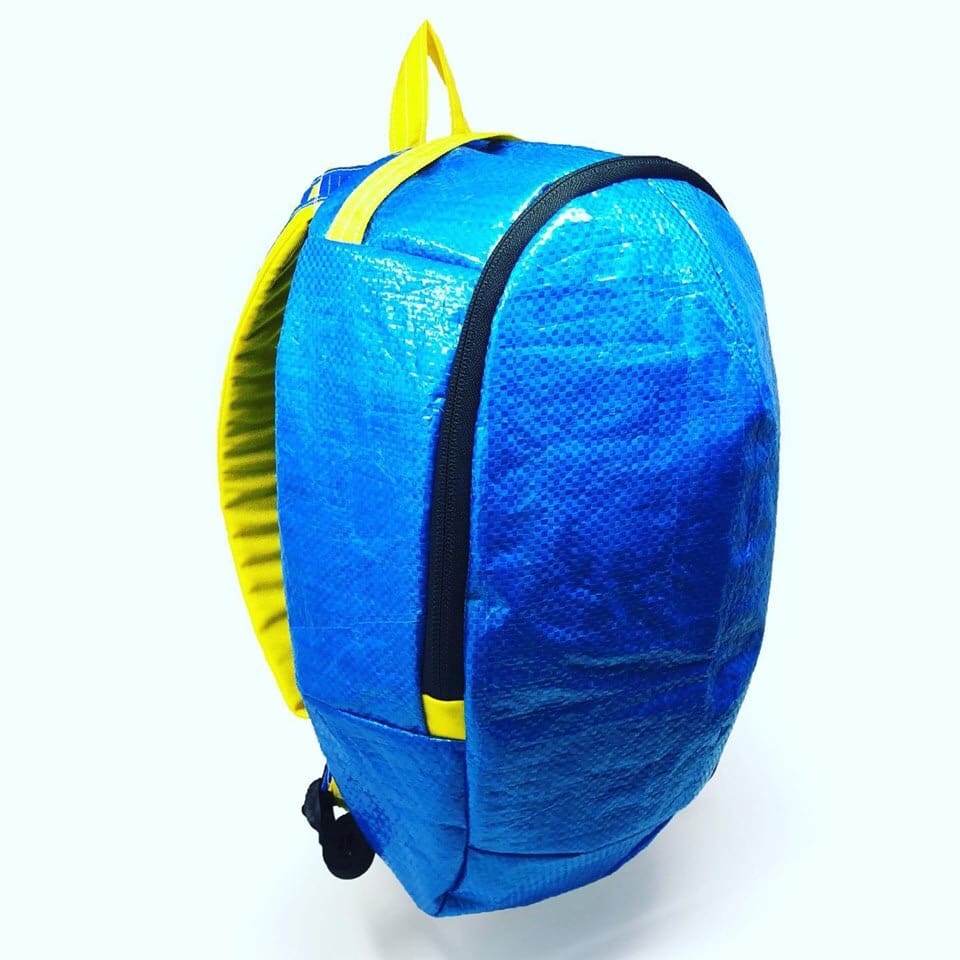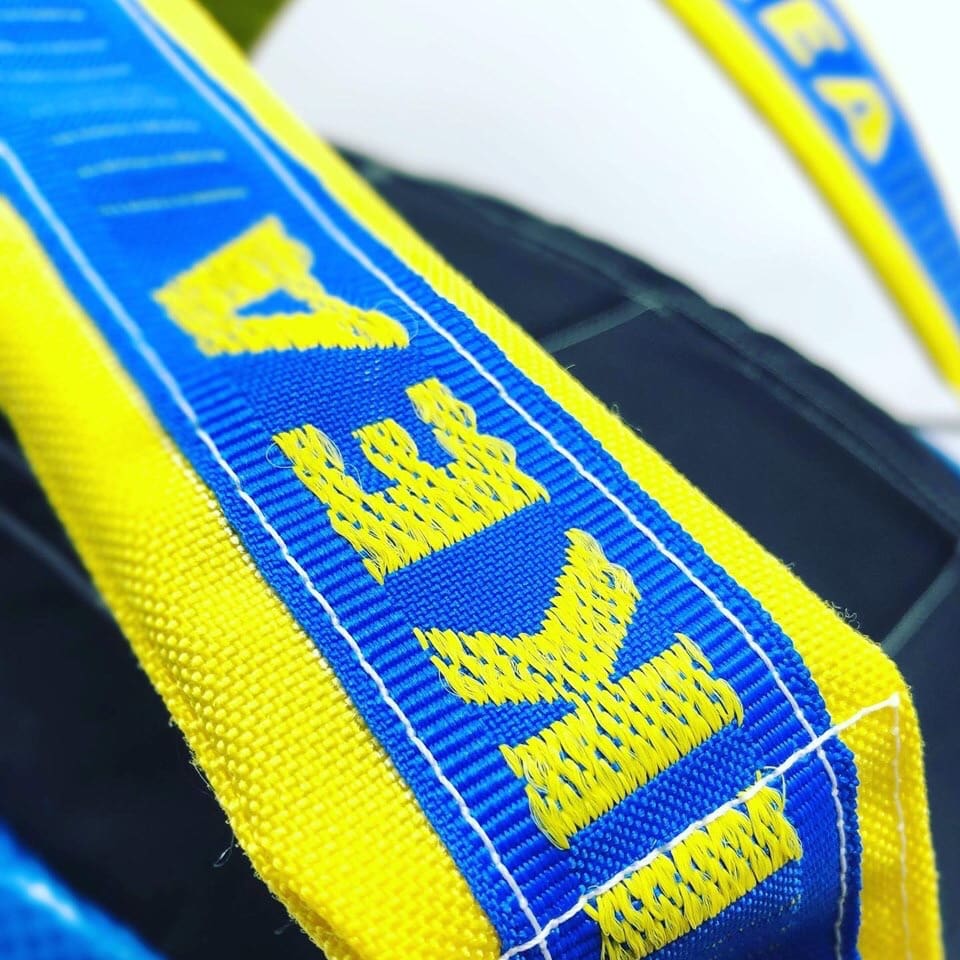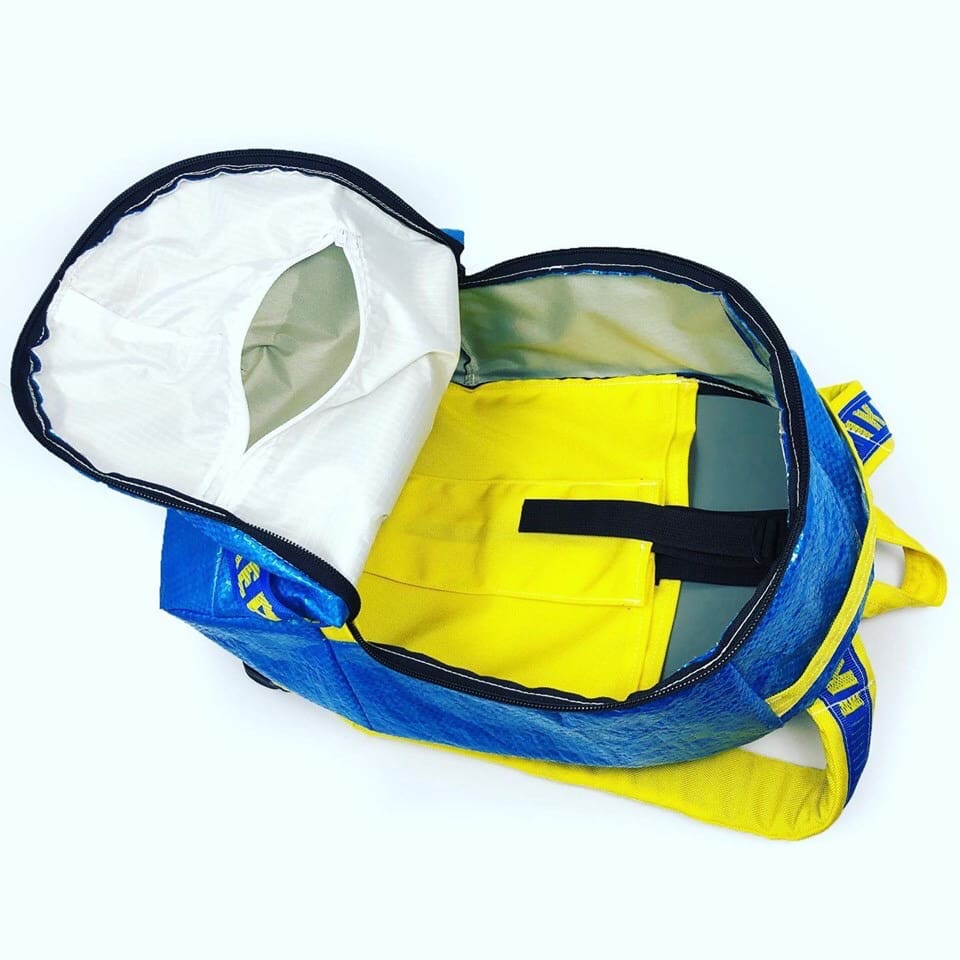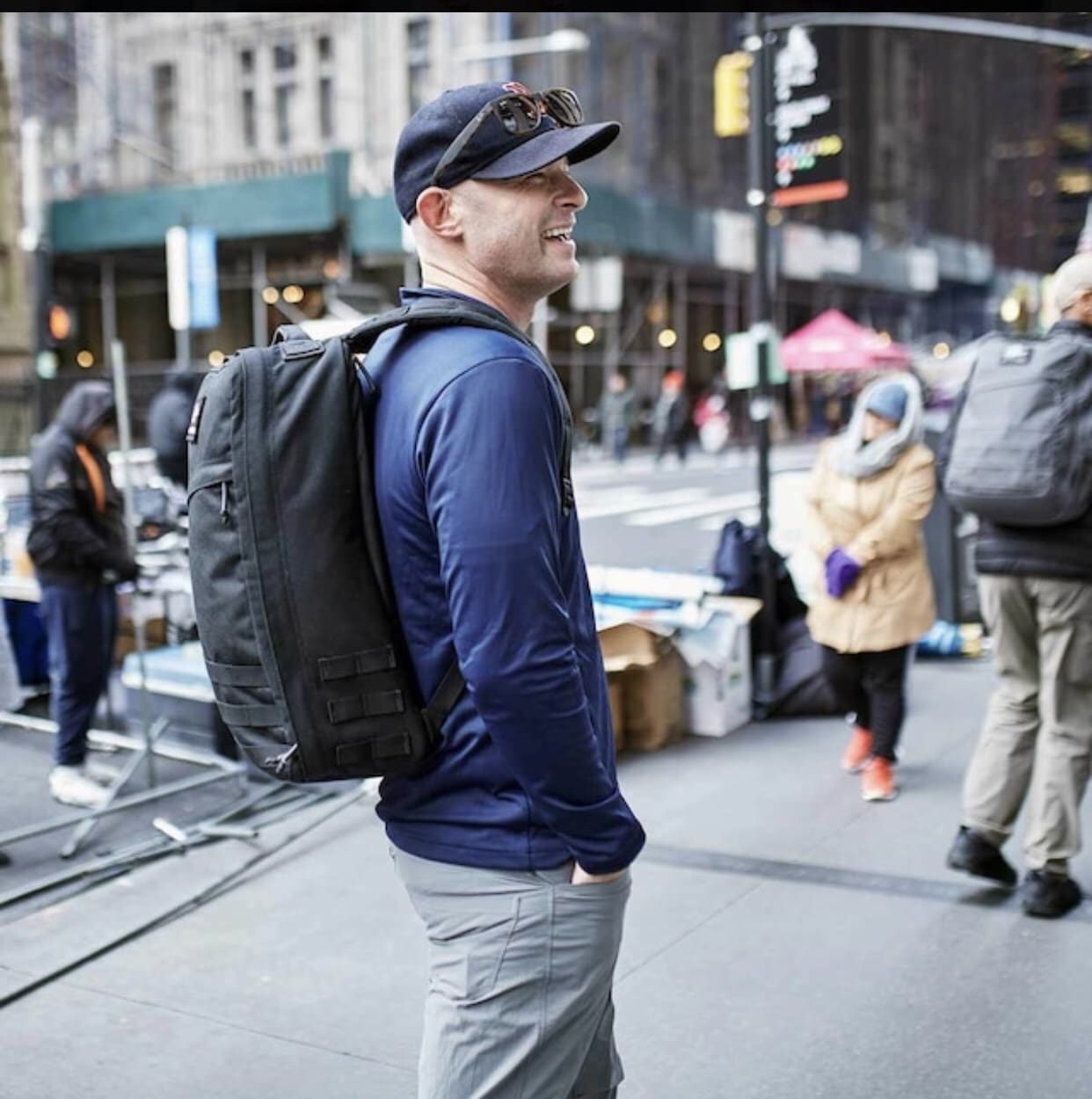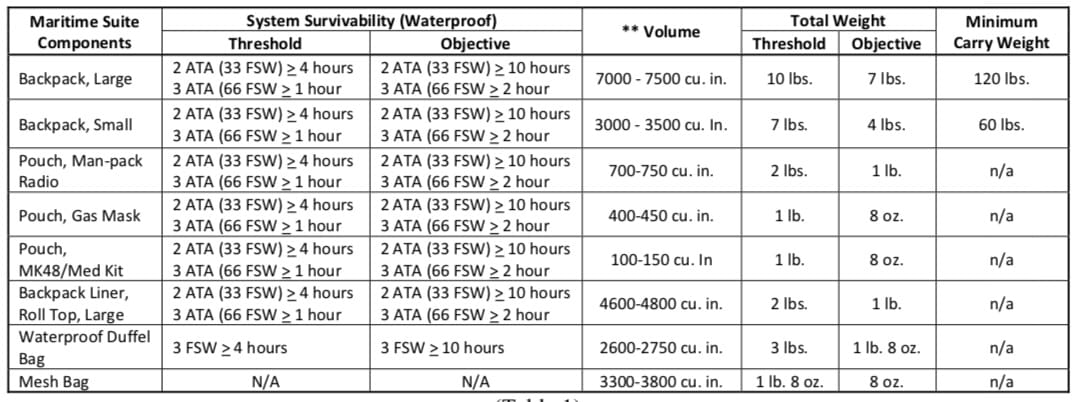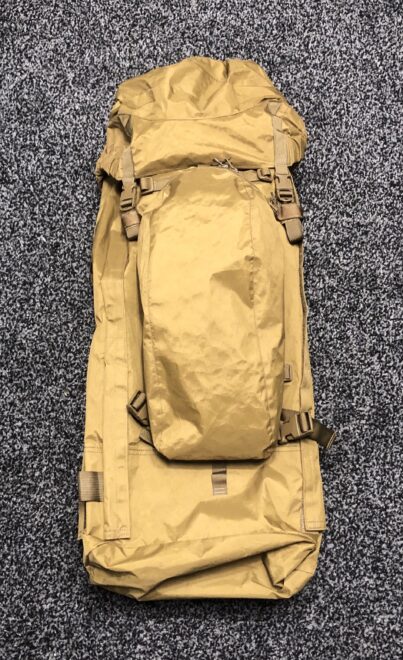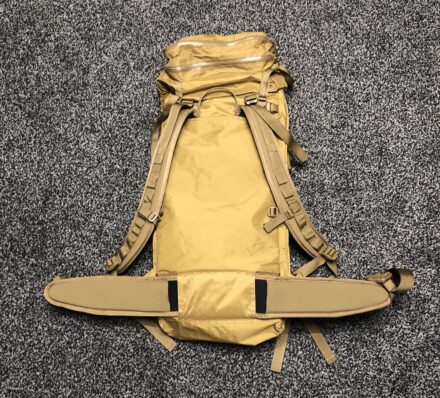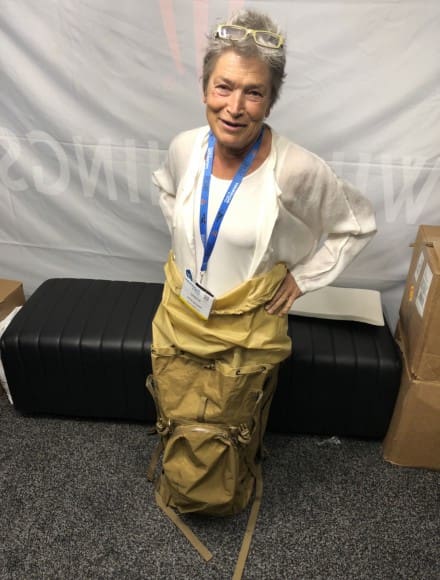FORT BENNING, Georgia — Army Rangers here are evaluating three Mystery Ranch backpack variations by jumping out of U.S. Air Force C–130 Hercules aircraft.
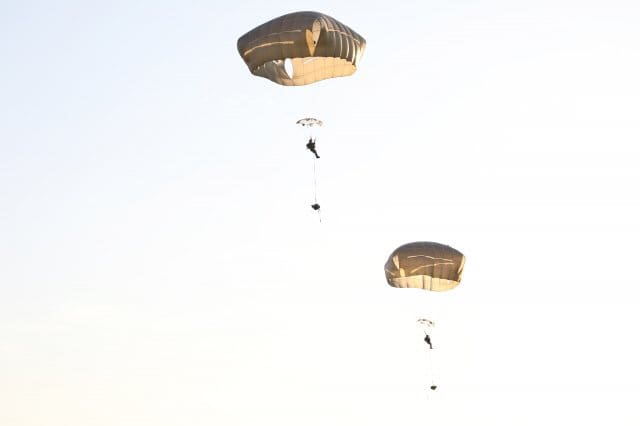
The three commercial off the shelf variants tested by Soldiers with the 75th Ranger Regiment’s 3rd Battalion included an Assault Pack, Patrol Pack, and Recce Pack.
Forty-seven Soldiers from the 75th Regimental Special Troops Battalion conducted 45 static line infiltration training jumps on Benning’s Fryar Drop Zone, using the backpacks as part of their combat equipment load.
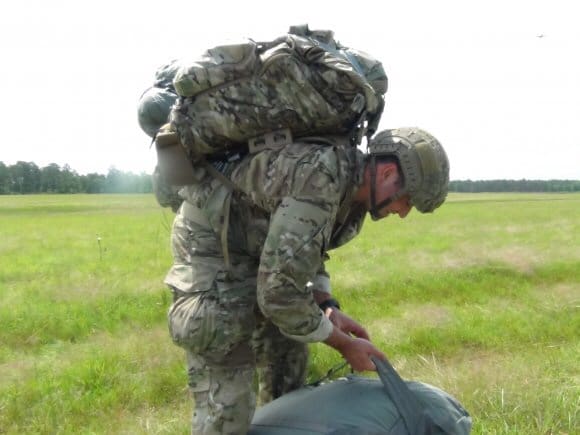
The new backpacks range from 3,200 cubic inches for the Assault pack to 6,200 cubic inches for the Recce pack, according to Lt. Col. Dave Dykema, with the U.S. Army Operational Test Command’s (OTC) Airborne and Special Operations Test Directorate (ABNSOTD) based at Fort Bragg, North Carolina.
He said the new backpack variations provide modularity to support various mission requirements not supported by the Army’s legacy All-purpose Lightweight Individual Carrying Equipment (ALICE) backpack.
“The ABNSOTD was professional and user friendly,” said Capt. Joshia Auerbach, the 75th’s Regimental Air Officer.
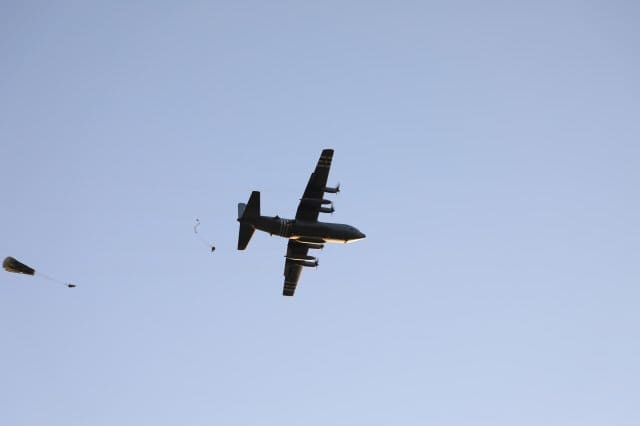
“They responded to our need rapidly, and tested the equipment in a manner that was quick and efficient for the Ranger Regiment, expertly incorporating testing into our training schedule.”
“These rucksacks provide a modern load carrying solution that can now be certified for static line airborne operations,” said Staff Sgt. Jake Leveille, 75th Regimental Air NCO.
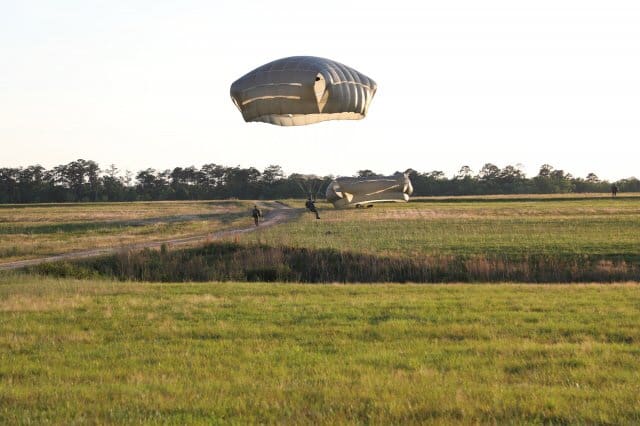
Spec. Thomas Lewis, Squad Rifleman, said he understood the importance of operational testing the new backpacks.
“Participating in this test provided me with insight on how the Army ensures our equipment is safe and suitable, before fielding it to the force,” he said.
“Soldiers enjoy getting involved in training hard during operational testing,” said Dykema.
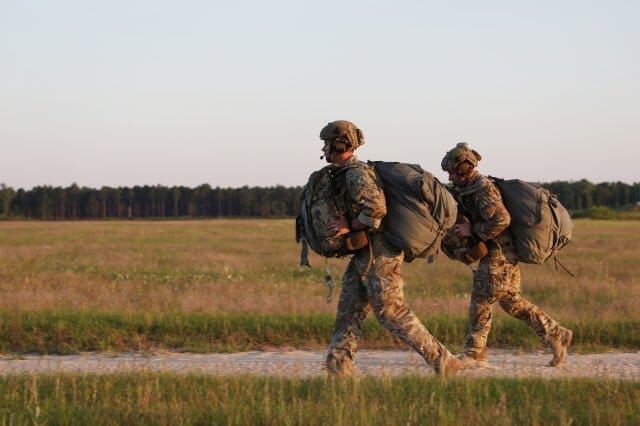
“They have the opportunity to operate and offer up their own suggestions on pieces of equipment that can impact development of systems that future Soldiers will use in support of combat missions,” he added.
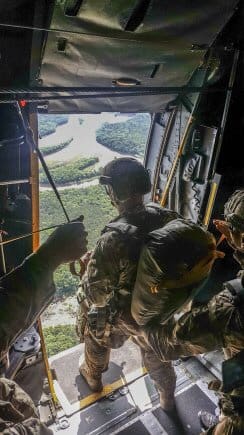
Highly-instrumented test drops help test overall survivability of equipment used during airborne operations, according to Dykema.
By SFC Ian Seymour, Airborne and Special Operations Test Directorate, U.S. Army Operational Test Command
Editor’s Note: The test packs are the SPEAR program packs, selected for issue by USSOCOM which were being certified for static line jumps.
